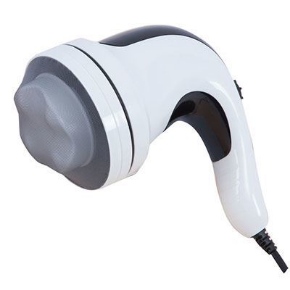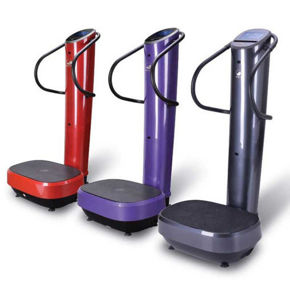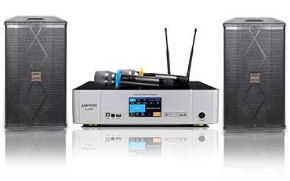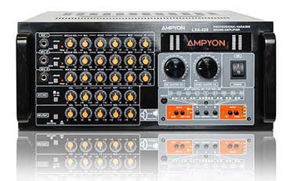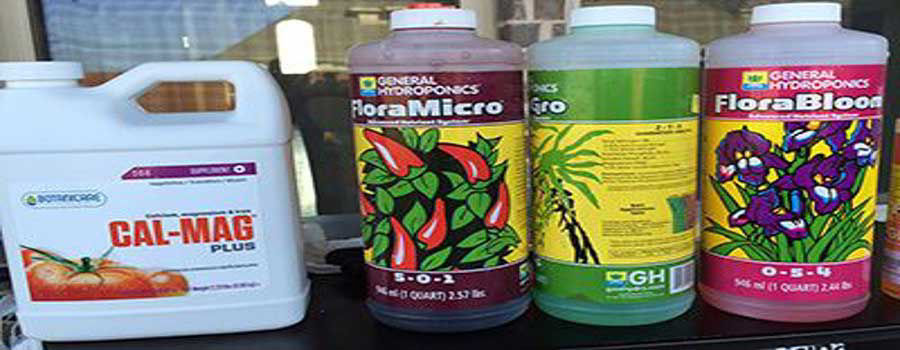
In this article, we’re going to focus on hydroponic nutrients, which nutrients to choose, and how to mix them together for optimal results.
After setting up your very own hydroponic gardening system and planting a few seeds, you don’t get to put your feet up just yet. The next task on your to-do list is to mix together some hydroponic nutrients and add them to the system. While this might not seem like the most difficult thing to do, if you don’t choose the right nutrients or you use too much, you risk killing anything that you’re growing.
The good news is that after you’ve mixed the hydroponic nutrients the first time, you won’t have to worry about the second time being as stressful.
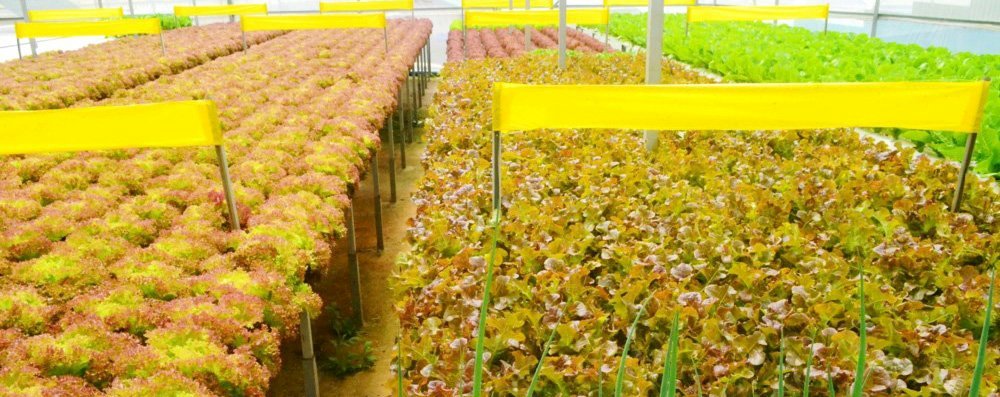
Choosing What Hydroponic Nutrients to Use
First, you have to choose the hydroponic nutrients that you want to add. You’ll have to do some research and find out the best nutrients for whatever it is that you’re growing, but there are three mixes that are generally used across all hydroponic gardens. These are:
- Magnesium Sulphate [magnesium, sulphur]
- NPK Fertilizer [nitrogen, potassium, phosphorus]
- Calcium Nitrate [calcium]
Each of these mixes contains important nutrients that virtually every plant needs to survive. Regardless of what you’re growing, it’s best to use each of these mixes and add micro-nutrients if you notice any signs of a micronutrient deficiency.
Getting the Right Equipment
After getting the appropriate mixes together, make sure that you have all of the right equipment available. There’s nothing worse than starting a job only to realise that you don’t have everything that you need! A basic list of things you’ll need is:
- rubber gloves for safety
- buckets to measure out each mix
- basic measuring tools (e.g. scales and a measuring jug)
- a wooden stick for mixing
Once you have all of your equipment in place and you’re ready, you can go ahead and start mixing.
The Mixing Process
Mixing hydroponic nutrients isn’t actually as difficult as you might think. We see a lot of questions on the internet such as “how much of the mix do I add?” and “how often should I add the mix to my hydroponic garden?”. Don’t be embarrassed – it’s only natural that you have questions about this new endeavour. If we’re being completely honest, the hardest part is choosing the nutrients and as you can see from above, that’s not hard either.
All in all, it’s very simple and this is one of the things that make hydroponic gardening so appealing. So, how do you mix your nutrients?
Step #1 – Measure the Nutrients
The first thing you should do is measure out each of your nutrients. You will be able to find the measurement information on the mix’s container as each product is different.
Step #2 – Diluting the Nutrients
You can do this individually for each mix or you can do them all together – it doesn’t matter and is completely dependant on what you’d prefer to do. When diluting the nutrients, you should wear rubber gloves just as a precaution. The worst that will happen is skin irritation, but it’s better to be safe than sorry.
Step #3 – Adding the Nutrients
Lastly, add the nutrients to your hydroponic garden. You can add them directly to the system or into the mixing tank. The mixing tank is preferred as it helps distribute the nutrients evenly, so if possible, you should use the tank.
As you can see, mixing the nutrients is easy and after the first few times of measuring and mixing, you’ll be able to adjust the additives to determine what the most effective mix is.
How Often Should I Mix Hydroponic Nutrients?
It’ll be different for everyone, but you can work out how often you have to add the nutrients without too much bother. For the first few weeks, you can start by checking the nutrient levels on a daily basis. When you see that the levels are lower than they should be, go ahead and mix in more.
Within a week or so you will have an accurate idea of how frequently you should be mixing the nutrients into your hydroponic garden.
Keep in mind that if you start changing up the nutrient mixes and use different products, it might be the case that you have to mix nutrients more often (or perhaps less often). If you do change anything, start checking the nutrient levels daily again and gauge how often you need to add your mix.
Checking Your Nutrients
Following on from what we said about checking nutrients levels before, pH levels also need to be checked. You can do this by using a device known as a “pH pen” and with it, you should aim to have the pH level somewhere between 5.5 and 6.5. On top of that, this should be checked each day to ensure that the acidity of your mix won’t kill your plants.
Dealing with Low and High pH Readings
This isn’t uncommon and fortunately, it isn’t too difficult to fix. There are specific products that you can buy for adjusting pH readings (e.g. pH control kits and pH Up and Down), but natural solutions will also do the job.
Low pH Reading. If the pH reading is too low, then try baking soda. Rather than directly adding it to your nutrients, mix it with a cup of cold water until you’ve thoroughly mixed it and it has stopped fizzing. Once it’s mixed in with your nutrients, check the pH levels again and adjust further if needed.
High pH Reading. On the other hand, if the pH reading is too high, use either citric acid or white vinegar. Again, you should mix them with water beforehand to dilute them and prevent lowering the pH levels too much. After adding them to the nutrient mix, recheck the pH level.
You can purchase products that are specifically for lowering or raising pH levels, but natural options are always healthier for plants. However, it won’t be the end of the world if you use a special product.
Why Do pH Levels Matter?
It’s simple – if your pH levels aren’t within the range (as highlighted above), then your plants won’t be healthy and they’ll likely die sooner than you’d like them to. Maintaining a healthy pH level will ensure that everything you’re growing is as healthy as possible and that your nutrients are able to be as beneficial as possible to their growth.
Your pH reading can be just a decimal point out of the range and you wouldn’t have to worry about problems arising. But, it’s not worth taking the risk and a few minutes of your time will set the pH levels back on track.
To Conclude…
There you have it, everything you need to know so that you can get started on mixing hydroponic nutrients. It might seem like a lot to take in but at the end of the day, you won’t spend any longer than 15-20 minutes mixing in the hydroponic nutrients and after getting the hang of it, you might even be able to automate it.







